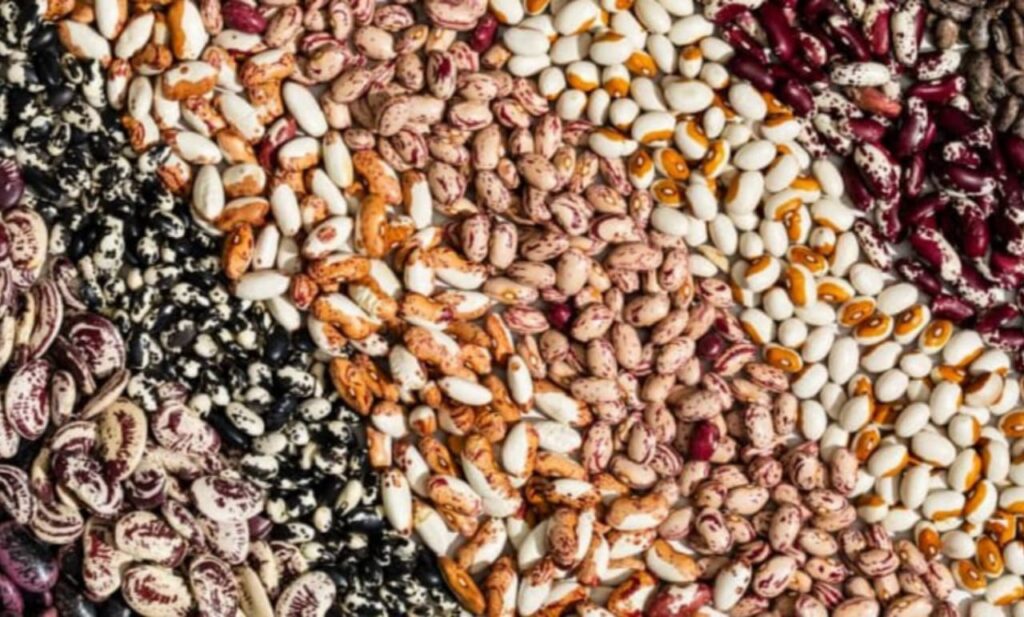
Beans are among the most versatile, affordable, and nutrient-dense foods on the planet. Packed with plant-based protein, fiber, vitamins, and minerals, they’re a cornerstone of diets linked to longevity, heart health, and stable blood sugar. But with dozens of varieties lining grocery shelves, which beans truly stand out? We spoke with nutrition experts and combed through the latest research to bring you the five healthiest beans to add to your meals—plus simple, delicious ways to enjoy them.
Black Beans: The Fiber Powerhouse
Black beans are a staple in Latin American cuisine and a favorite among dietitians for their impressive nutrient profile. A one-cup serving delivers 15 grams of protein, 15 grams of fiber (over half the daily recommended intake), and significant amounts of iron, magnesium, and folate. Their deep purple-black color comes from anthocyanins, antioxidants known to reduce inflammation and protect against chronic diseases like type 2 diabetes and heart disease. A 2022 study in the Journal of Nutrition found that adults who ate black beans daily for six weeks saw a 10% drop in LDL (“bad” cholesterol) levels.
To maximize their benefits, pair black beans with vitamin C-rich foods like bell peppers or tomatoes. The vitamin C boosts iron absorption, making these beans especially valuable for vegetarians. Try them in tacos, blended into creamy soups, or mixed with quinoa for a protein-packed salad.
Chickpeas: The Versatile All-Rounder
Chickpeas, or garbanzo beans, are celebrated for their buttery texture and adaptability. One cup provides 14 grams of protein and 12 grams of fiber, along with high levels of manganese, which supports bone health and metabolism. Their standout feature? Resistant starch—a type of carbohydrate that acts like fiber, feeding gut bacteria and improving digestion. Nutritionist Dr. Sarah Collins notes, “Chickpeas are unique because they contain polyamines, compounds that may slow aging processes at the cellular level.”
Hummus is the most famous chickpea dish, but don’t stop there. Roast them with olive oil and spices for a crunchy snack, toss them into grain bowls, or blend them into vegan “cookie dough” for a fiber-rich dessert.
Lentils: The Quick-Cooking Superstar
Unlike most beans, lentils cook in under 30 minutes without soaking, making them ideal for busy weeknights. They come in varieties like green, red, and black, each offering slightly different textures. A cup of cooked lentils packs 18 grams of protein and 16 grams of fiber, along with 90% of your daily folate needs—a critical nutrient for pregnant women and heart health. Lentils are also rich in polyphenols, antioxidants linked to reduced blood pressure and improved artery function.
A 2021 review in Nutrients highlighted lentils’ role in managing metabolic syndrome, thanks to their low glycemic index and high magnesium content. Use red lentils to thicken soups, green lentils in salads, or black beluga lentils as a luxurious, caviar-like garnish.
Kidney Beans: The Heart-Healthy Choice
Known for their role in chili, kidney beans are a top source of potassium (600 mg per cup), which helps counteract the effects of sodium and regulate blood pressure. They’re also rich in thiamine (vitamin B1), essential for converting food into energy. A recent clinical trial found that adults who ate kidney beans three times weekly lowered their risk of coronary artery disease by 22% compared to those who rarely ate legumes.
Canned kidney beans are convenient, but rinse them thoroughly to reduce sodium by up to 40%. Add them to veggie burgers, mash them into dips, or simmer them with tomatoes and spices for a hearty stew.
Pinto Beans: The Digestive Health Ally
Pinto beans, a common ingredient in Mexican refried dishes, are distinguished by their creamy texture and mottled pink-brown appearance. One cup offers 15 grams of fiber—mostly soluble fiber, which forms a gel-like substance in the gut to slow digestion, stabilize blood sugar, and lower cholesterol. They’re also high in selenium, a mineral that supports thyroid function and immunity.
Research from the American Journal of Clinical Nutrition shows that pinto beans’ unique combination of fiber and antioxidants can reduce oxidative stress in the gut, potentially lowering colon cancer risk. For a gut-friendly meal, pair them with fermented foods like sauerkraut or kimchi.
How to Boost Bean Digestion
Some people avoid beans due to gas or bloating. Nutritionists recommend starting with small portions (1/4 cup daily) and gradually increasing intake to let your gut microbiome adjust. Soaking dried beans overnight and discarding the water before cooking can reduce gas-causing compounds like oligosaccharides. Adding cumin, ginger, or fennel seeds to recipes also aids digestion.
Canned vs. Dried Beans: Which Is Better?
Both are nutritious, but canned beans save time. Opt for low-sodium or no-salt-added varieties, and rinse them to remove excess sodium. Dried beans are cheaper and allow you to control seasoning, but require planning.
Final Tips from Nutritionists
- Aim for 1.5–2 cups of beans weekly for optimal health benefits.
- Combine beans with whole grains (like brown rice or barley) to create a complete protein with all essential amino acids.
- Experiment with global flavors: try Ethiopian spiced lentils, Indian chickpea curry, or Cuban black bean soup.
By incorporating these five beans into your diet, you’ll not only diversify your meals but also invest in long-term health. Their affordability, sustainability, and nutrient density make them a true superfood—one that’s stood the test of time across cultures and cuisines.
